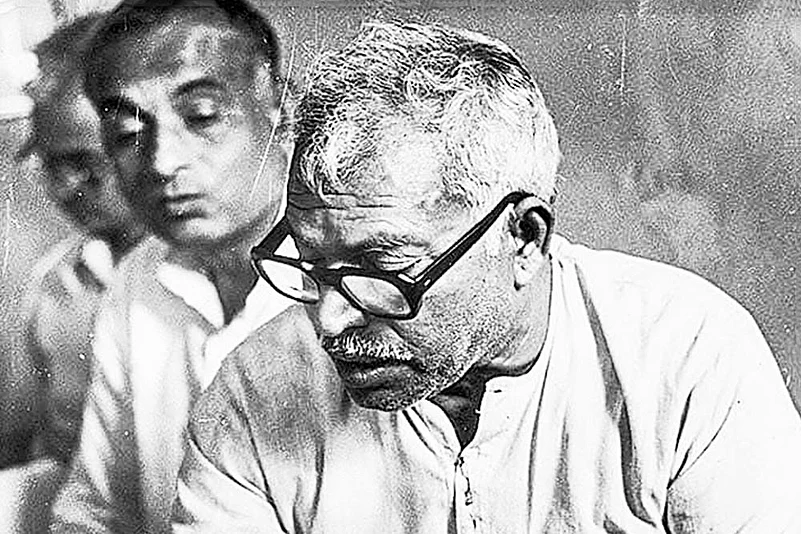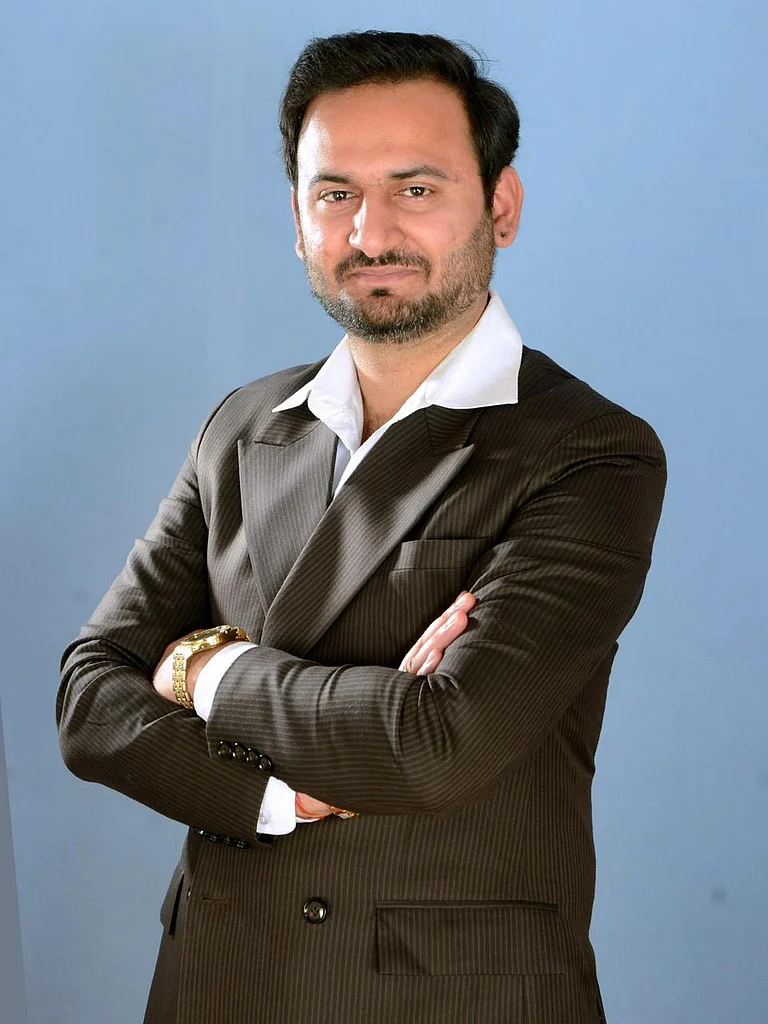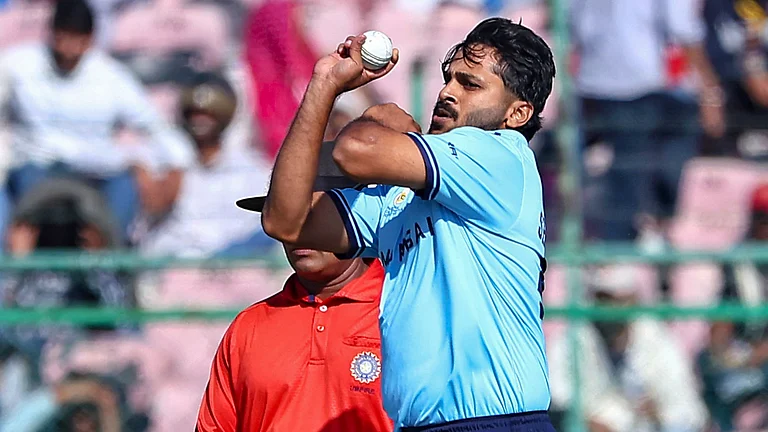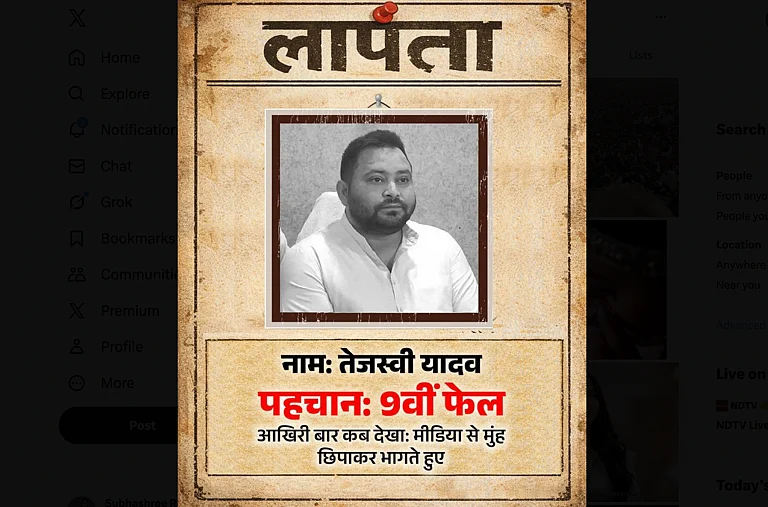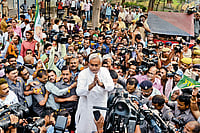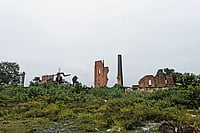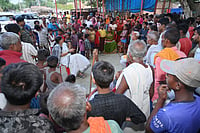The Bharat Ratna award to the tallest socialist leader, Karpoori Thakur, posthumously, on the eve of his 100th birthday came as a surprise to many, as the demand was long-standing. Soon after the announcement, Prime Minister Narendra Modi penned an article on his official blog, which was carried by major newspapers the next day. He shared many anecdotes of Thakur’s life and said that his life revolved around the twin pillars of simplicity and social justice.
Thakur comes from the Nai (barber) family. The main profession of a barber is to cut hair, and apart from this, their presence is also mandatory in religious rituals at the time of marriage and death. Born on January 24, 1924, in Samastipur, Bihar, Thakur joined the Quit India movement when he was studying in college. He came in contact with Jayaprakash Narayan (JP). Thakur was the tallest socialist leader of Bihar and he practised anti-Congress politics throughout his political career.
Some of his decisions as deputy chief minister, education minister and chief minister—between 1967 and 1979—were landmarks as well as controversial. He started free schooling till matriculation, removed English from official works and made the subject optional in matriculation exams.
He was the one who implemented reservation in government jobs according to the recommendations of the Mungeri Lal Commission. He made a provision of 12 per cent reservation in government jobs for the extremely backward classes (EBCs) and eight per cent reservation for other backward classes (OBCs). Apart from this, 3.3 per cent reservation was also given to women and economically backward upper castes.
This decision had two major impacts. It, on the one hand, consolidated OBCs and EBCs in favour of Thakur, and on the other, it invited widespread protest from the dominant upper castes.

It was he who broke the hegemony of feudal upper castes in Bihar politics. He was named Jan Nayak (people’s hero) as he was able to organise huge protests single-handedly. But after he resigned in 1979 as chief minister, Thakur slowly lost political ground and became politically irrelevant. He tried very hard to consolidate the most backward classes and the poor, but failed. The emergence of Nitish Kumar, Lalu Prasad Yadav and Ram Vilas Paswan as subaltern icons further diminished him. He died in 1988 of a heart attack.
Numerically, barbers are not a formidable force in Bihar politics. The state has just about two million barbers, which is 1.59 per cent of the total population. There are about 4 lakh families from the barber caste in the state, out of which 38.37 per cent families are poor, according to the recent caste survey conducted by the Nitish Kumar government. But the EBC voters as a whole developed into a block and Thakur was the tallest socialist leader of the EBCs. With the general elections a few months away, this announcement seems to be aimed at the EBCs, who account for 36.01 per cent of the total population of Bihar, according to the recent caste survey. EBCs have 112 castes, including Nai. Most of these castes have no leadership, so the Bharatiya Janata Party (BJP) believes that a little manoeuvring can turn them towards the saffron camp.
“Thakur is a towering socialist and EBC leader of the state, which is why the BJP is admiring him. The emergence of the backward classes as a strong political force in the 1980s and 1990s helped only a few castes. Backward castes such as Yadav, Koiri and Baniya replaced the feudal class in politics and got a share of power. But the extremely backward classes didn’t get a share of power. The BJP, through admiring Thakur and conferring the Bharat Ratna, wants to convey to this class that only the BJP can give them a proper space,” says Mahendra Suman, a political analyst. “The BJP is expert in using symbols and appropriating things. Thakur is the biggest symbol of social justice for the backward and extremely backward classes. So, the BJP is using this symbol.”
Thakur was the tallest socialist leader of Bihar and he practised anti-Congress politics throughout his political career.
The EBC voters majorly vote for the JDU. This caste group had a major role in Nitish’s victory in 2005 as well as gave him a thumping majority in 2010 for the second time. But due to the one-and-a-half-decade-long alliance between the JDU and the BJP, a portion of them voted for the BJP as well.
Though the Bharat Ratna announcement came against the backdrop of the Lok Sabha elections, the BJP had been trying to own Thakur for quite some time. The BJP started celebrating his birthday in 2014, which means that the party has been aiming at the EBCs for a long time.
In the 2015 assembly elections, senior BJP leader Amit Shah had targeted the JDU and the RJD by taking the name of Thakur. “Jan Sangh helped Thakur become the chief minister of Bihar and he dedicated his whole life opposing the Congress. But see how his disciples (Nitish Kumar and Lalu Prasad Yadav) have sacrificed his principles just to be in power,” Shah had said addressing a rally in Bihar in 2015.
Similar accusations were made by other BJP leaders soon after the Bharat Ratna was announced. The BJP is so hell-bent to encash Thakur that it has claimed to have kept his legacy alive.
“Our government has walked on the path of Jan Nayak Karpoori Thakur Ji, reflecting in our schemes and policies that have brought transformative empowerment,” PM Modi wrote in the article. “I can say with confidence and pride that Jan Nayak Karpoori Thakur Ji would have been very proud of India’s feat of freeing 25 crore people from the clutches of poverty in the last few years. These are people from the most backward sections of society, who were denied basic facilities for nearly seven decades after freedom from colonial rule.”
To achieve a big win in Bihar in the 2024 general elections, the BJP is not confined to consolidating only the EBCs. The party is targeting OBCs as well. The caste survey has revealed that the OBC population in the state is 27.13 per cent. The OBCs include 16 per cent Yadav, 4.21 per cent Kushwaha and 2.87 per cent Kurmi. Yadav voters largely bank on the RJD, while the Kurmi and Kushwaha communities vote for the JDU.
To dent the Yadav vote of the RJD, the BJP recently organised a felicitation programme for Madhya Pradesh Chief Minister Mohan Yadav, who belongs to the Yadav caste. On the other hand, the saffron party organised a 20-day Lav-Kush Yatra on January 2, which travelled to various districts in Bihar and reached Ayodhya on January 22, the day Modi participated in the Ram Lala Pran Pratishtha programme in the Ram temple. According to mythology, Lav and Kush were the two sons of Ram and Sita. In Bihar, the Kurmi caste claims that Lav was their ancestor, while the Kushwaha caste claims to be associated with Kush. The yatra was meant to attract the Kurmi and Kushwaha voters.
MORE FROM THIS ISSUE
A BJP leader who did not wish to be named, said, “We want to win big in the coming general elections and for this we will leave no stone unturned. We want the votes of all castes, so we will reach all out to all castes.”
(This appeared in the print as 'How The BJP Is Consolidating Voters')







